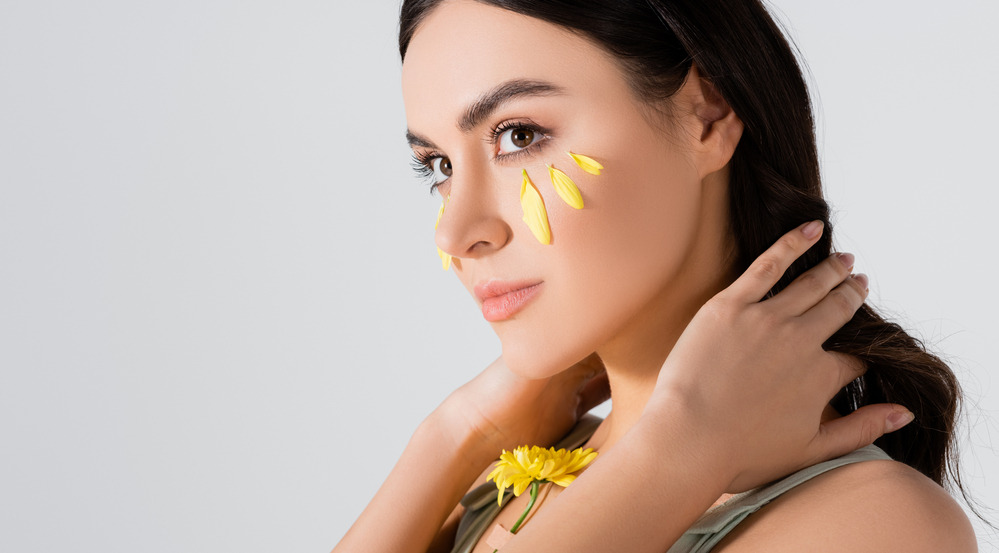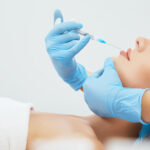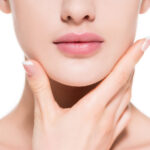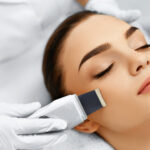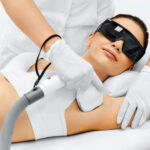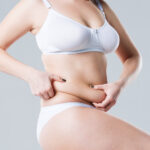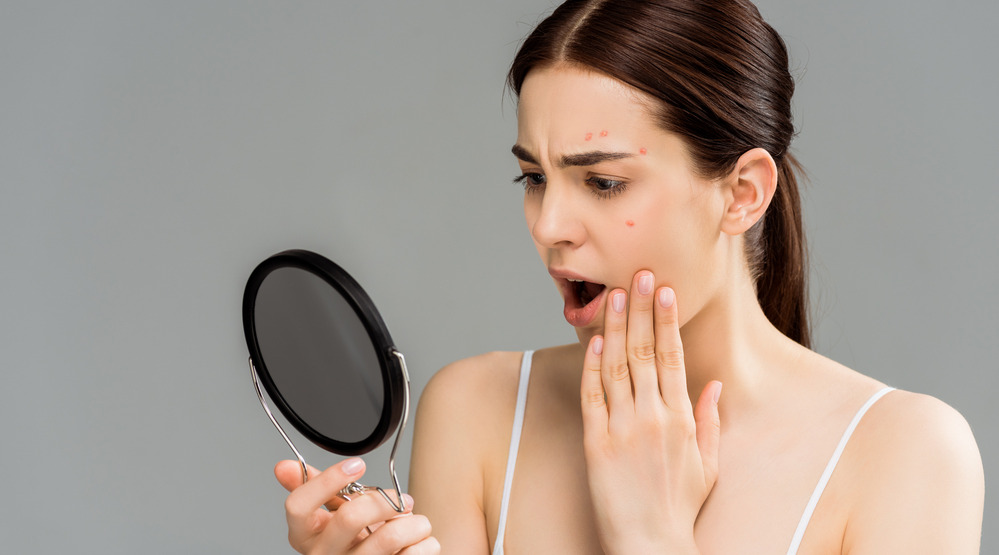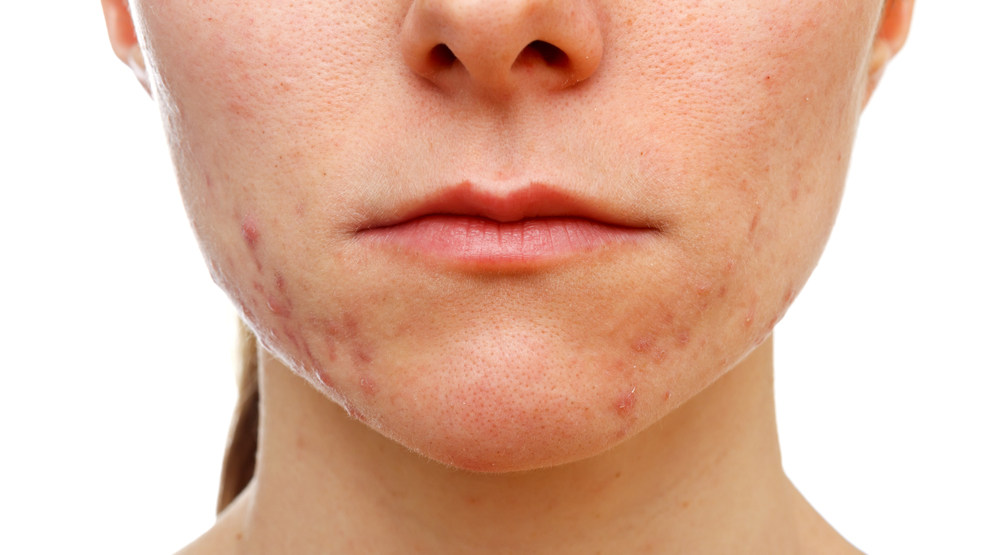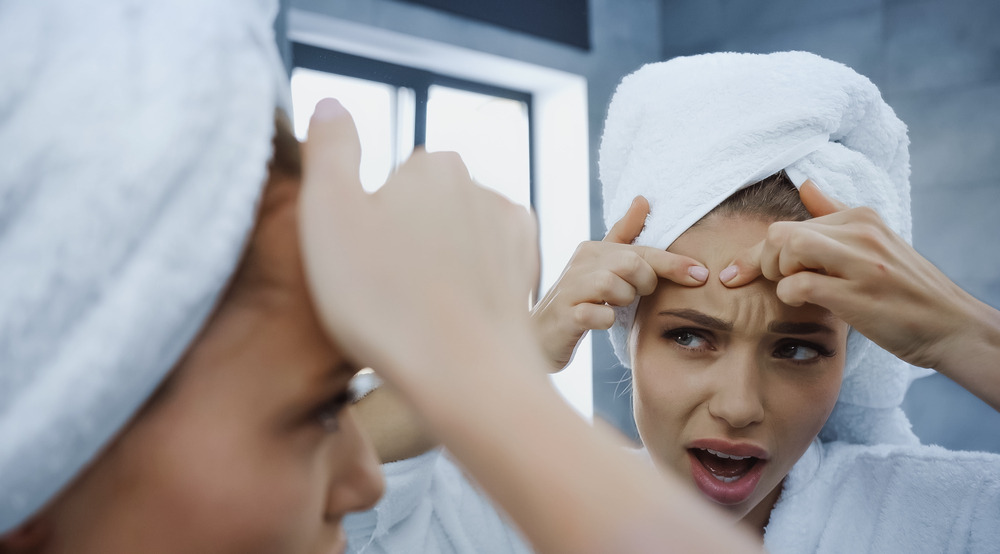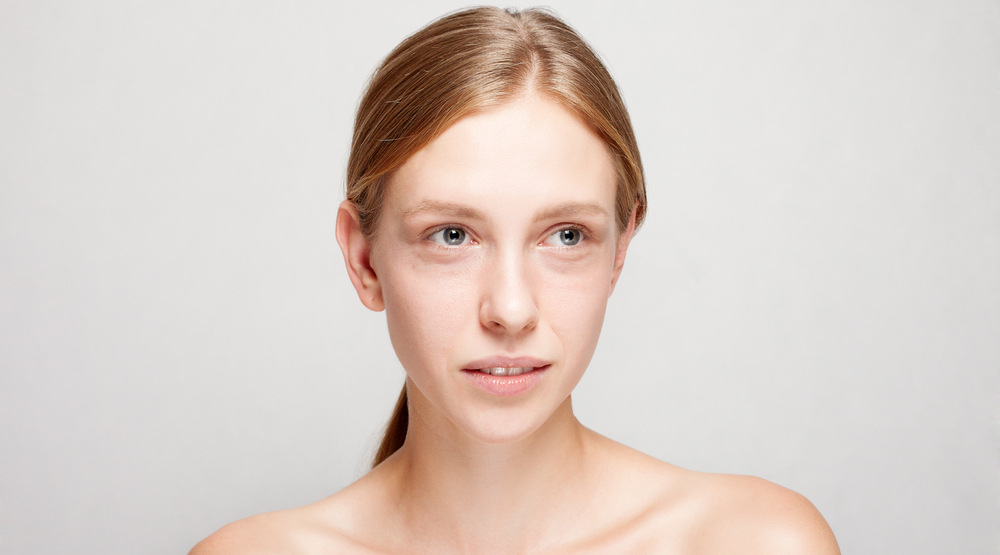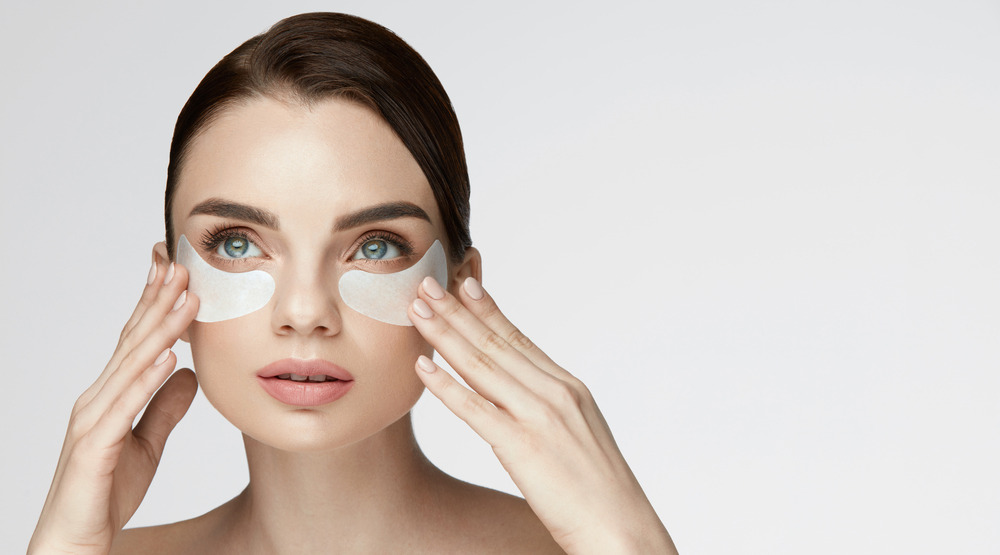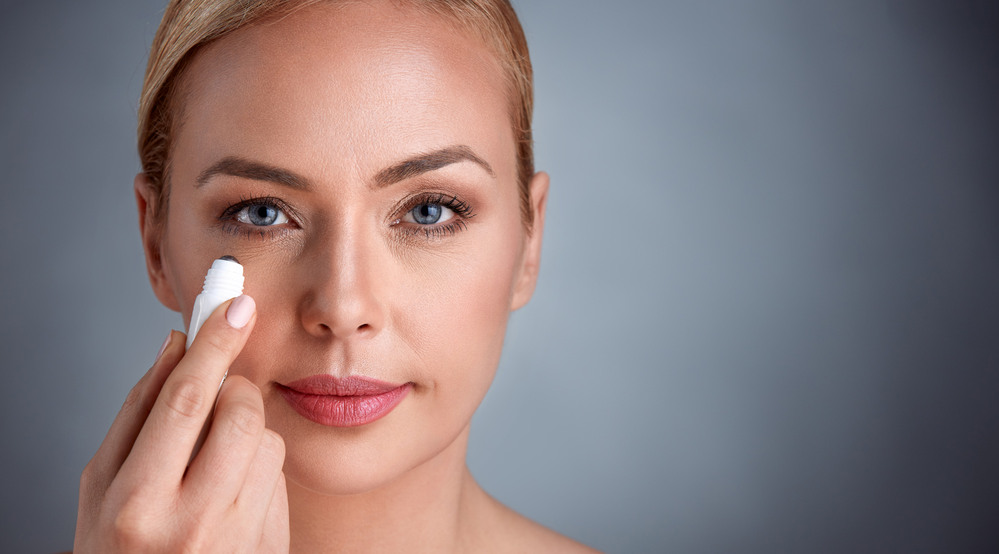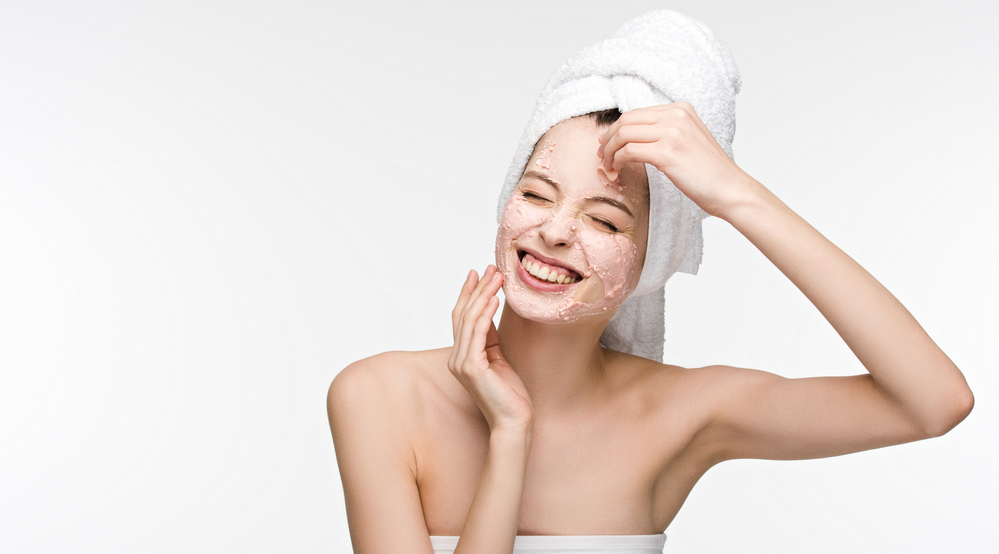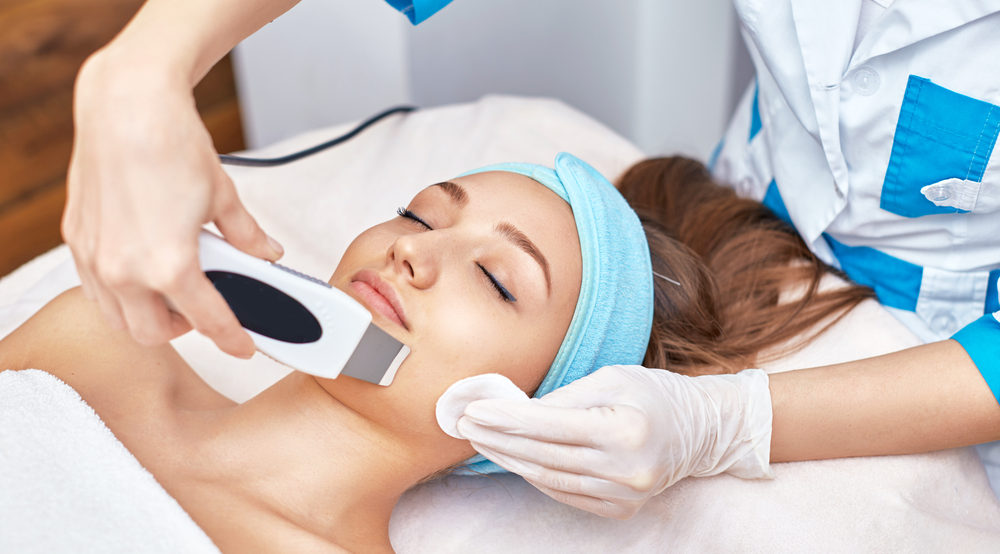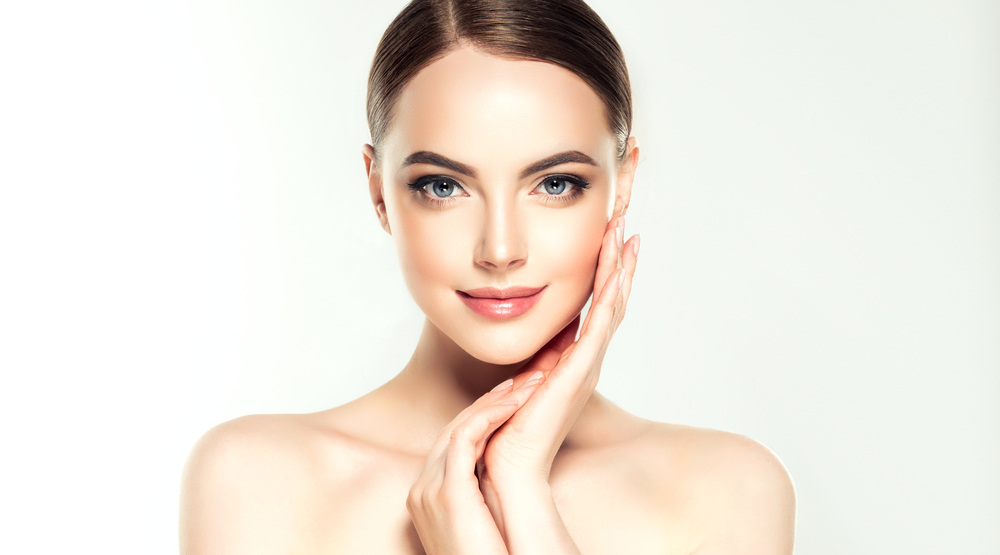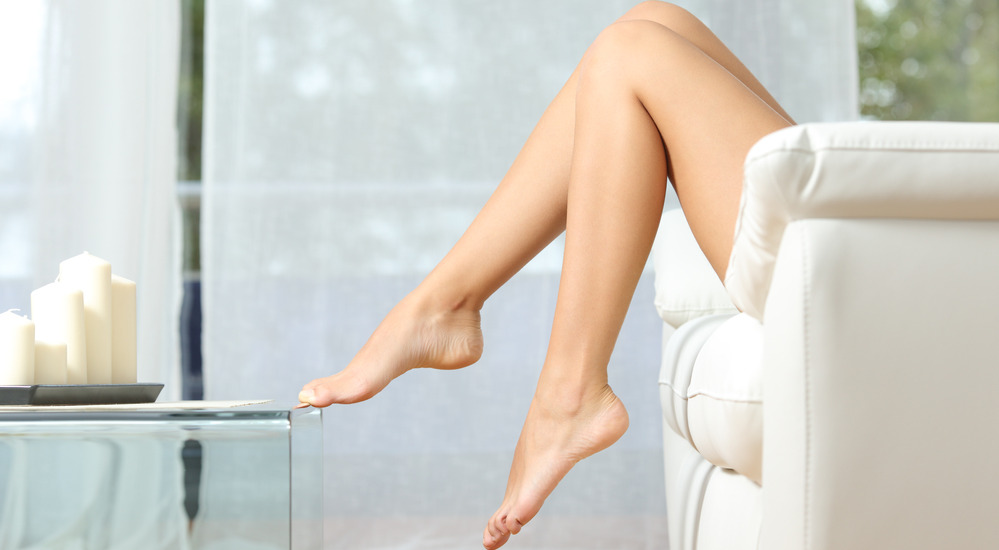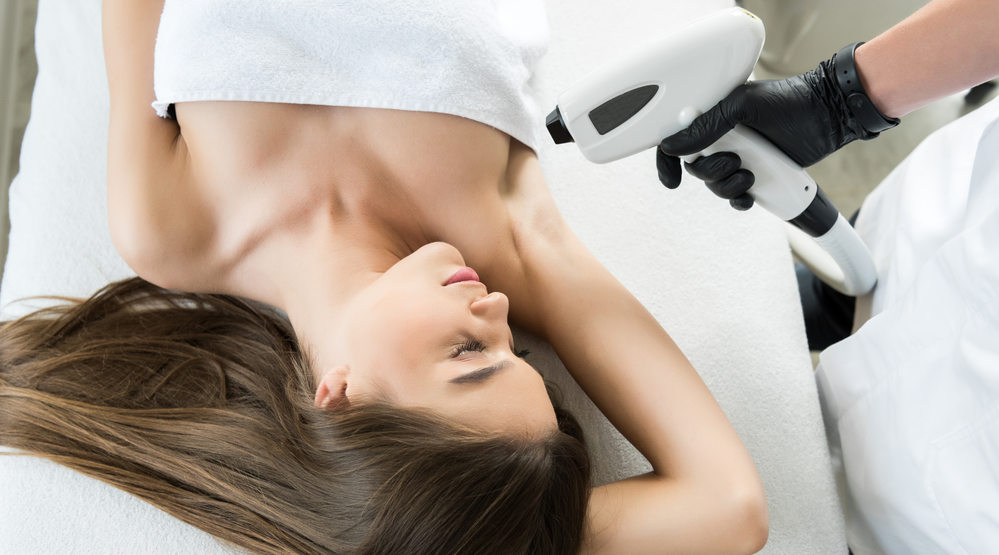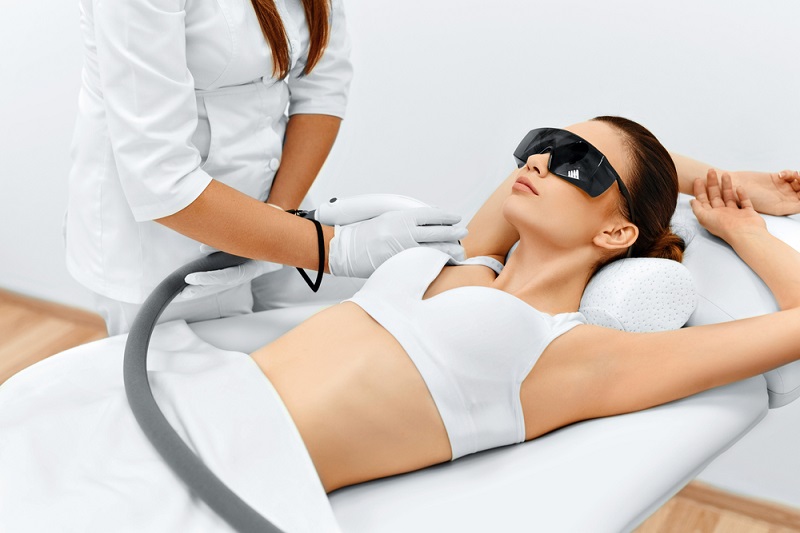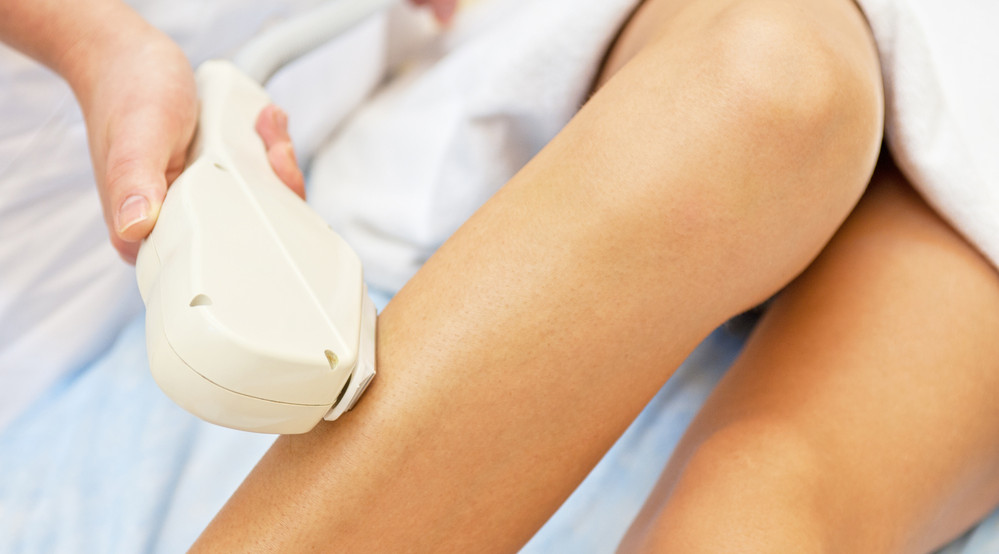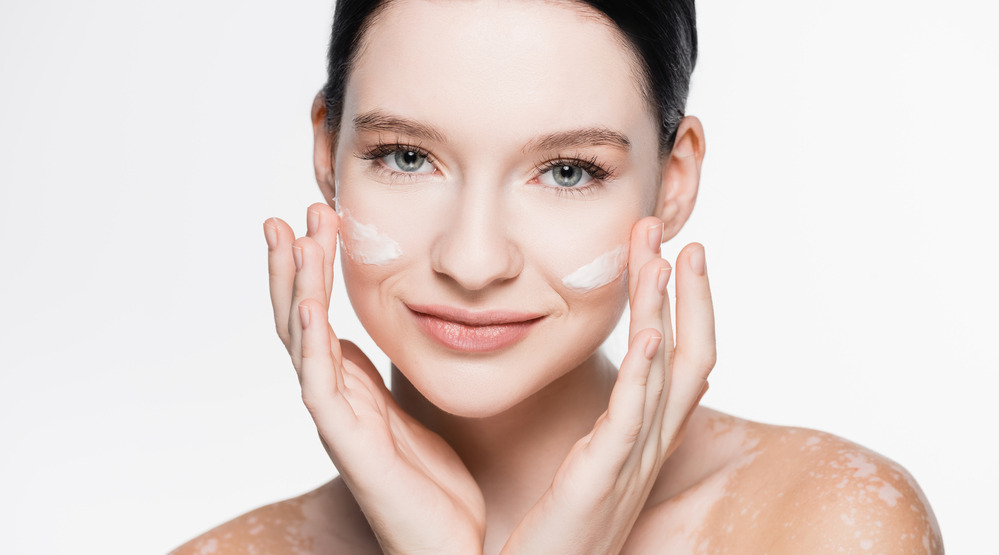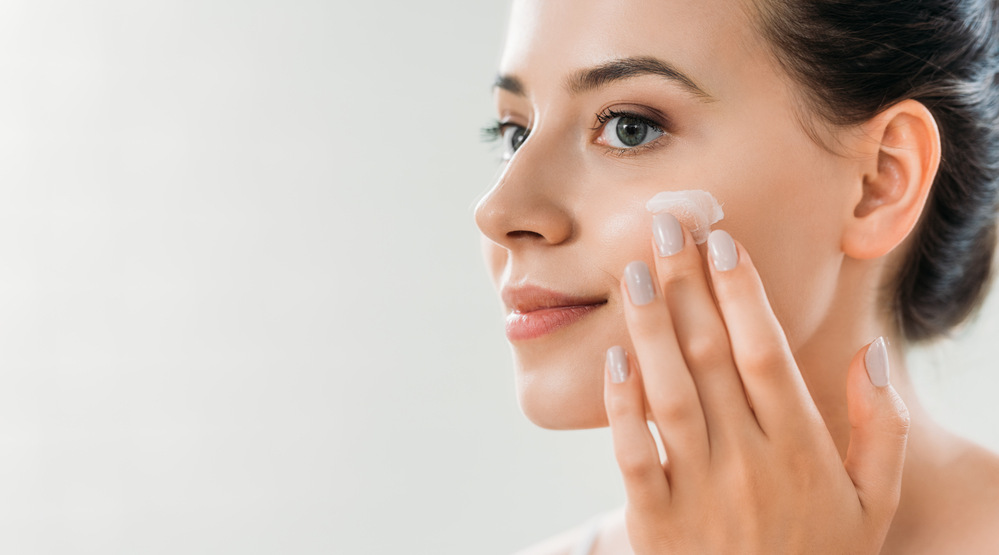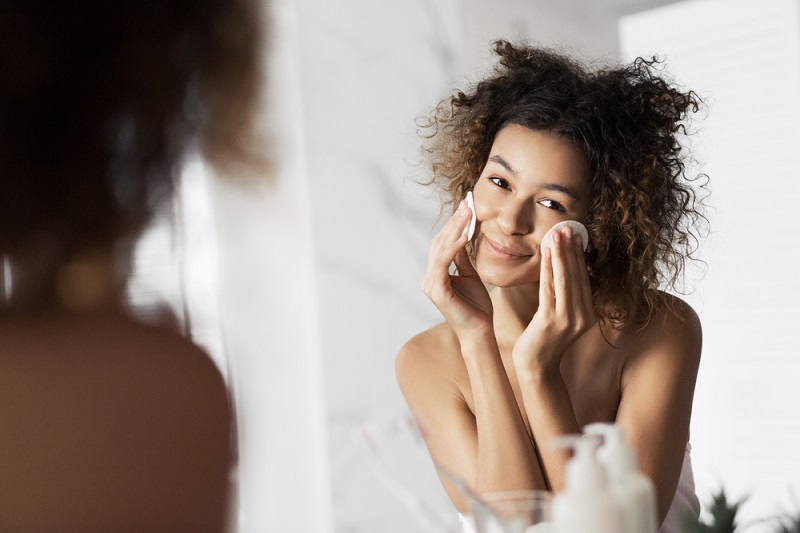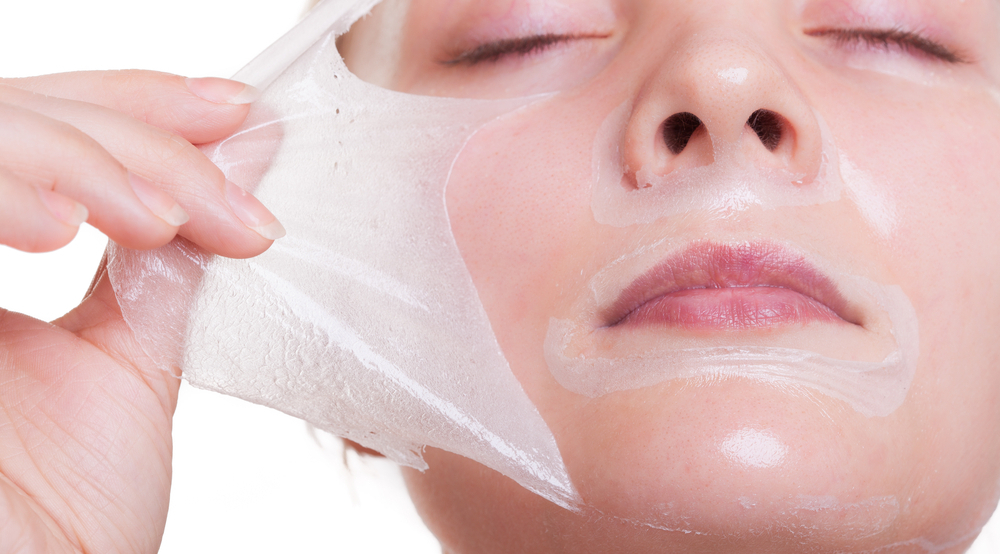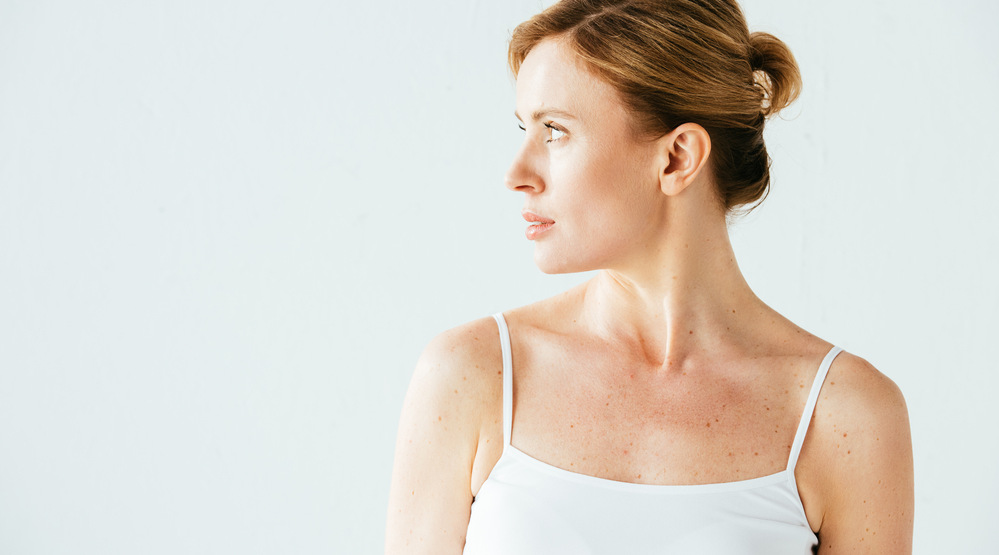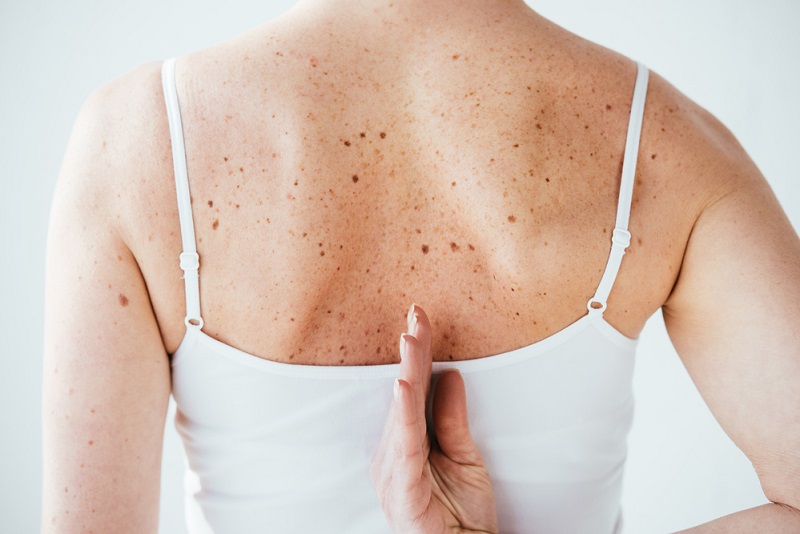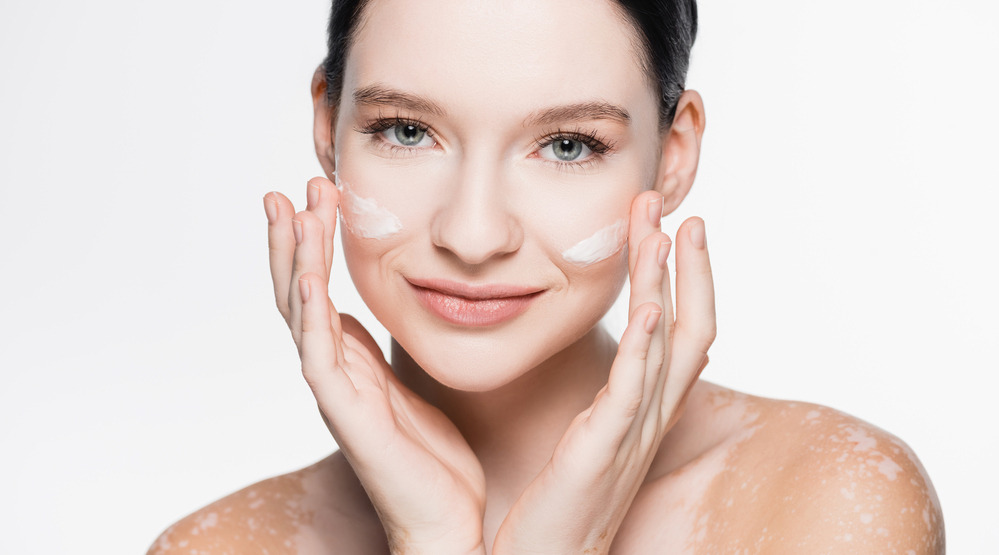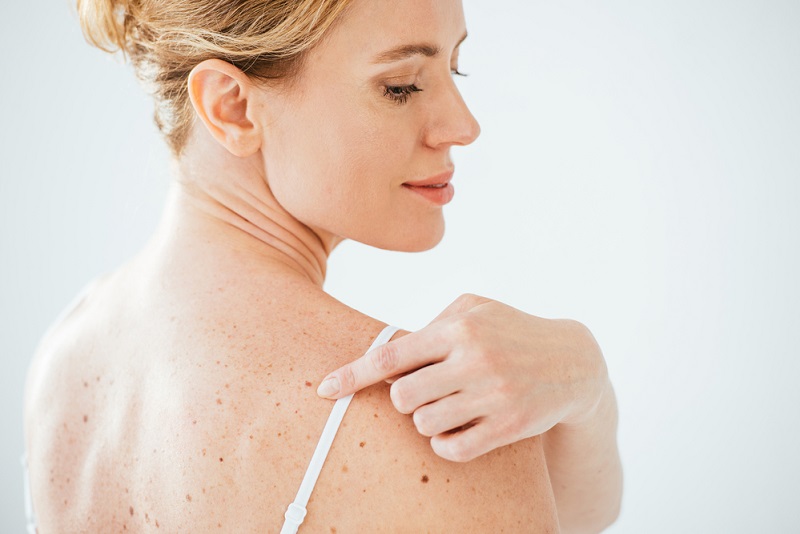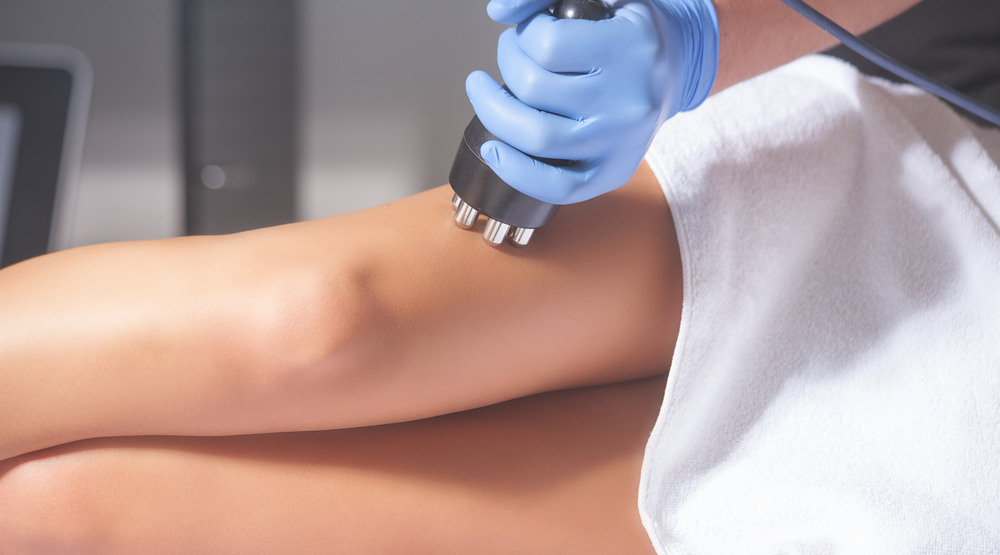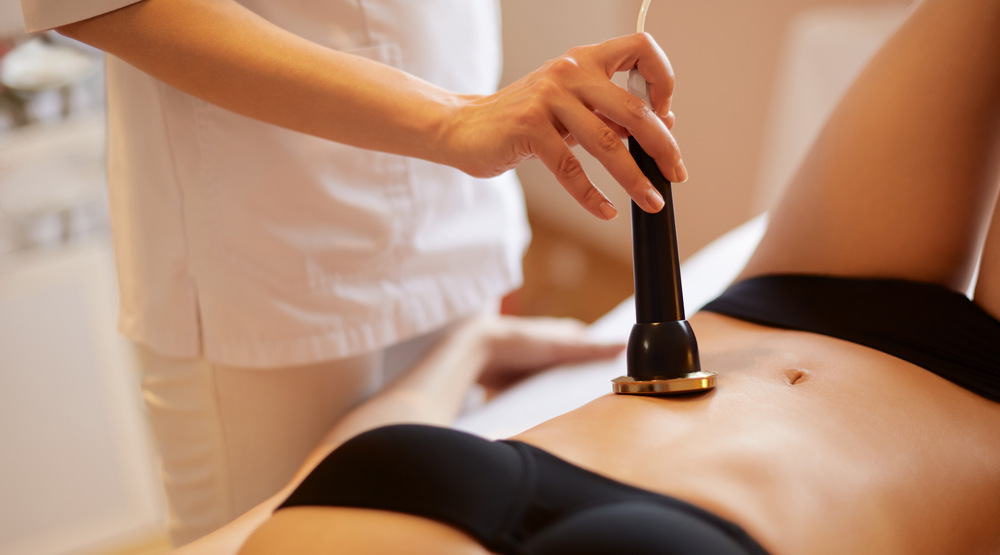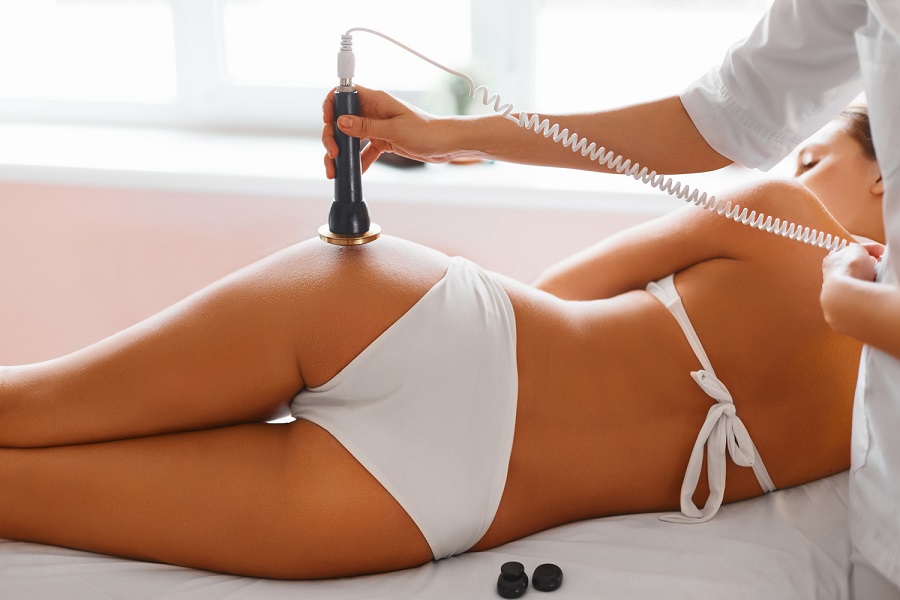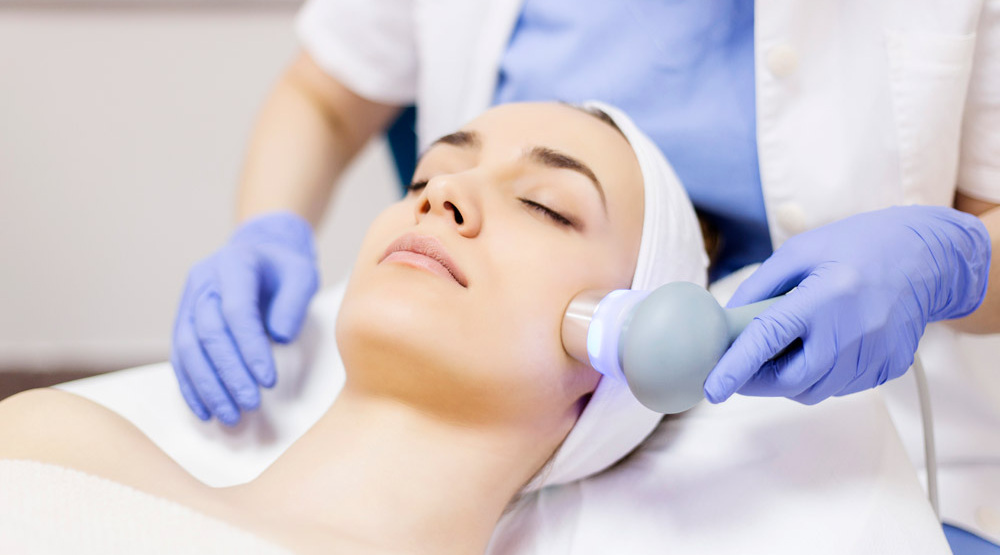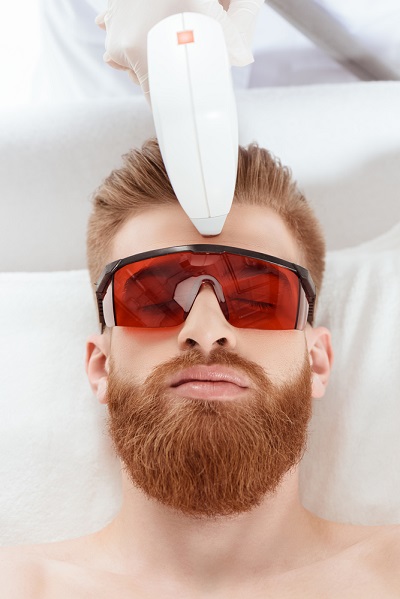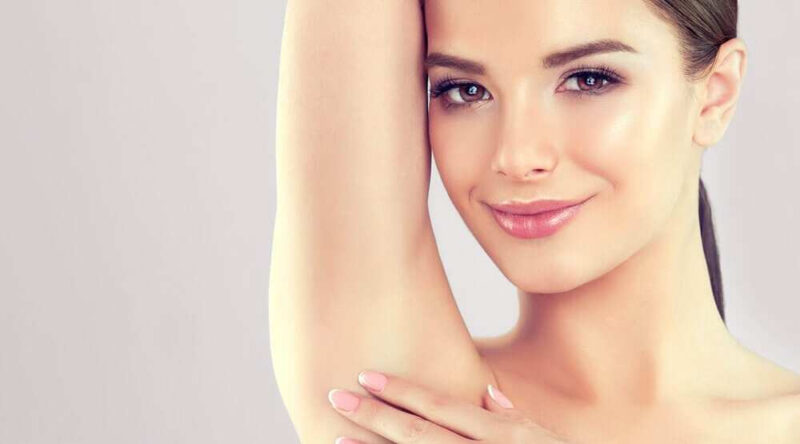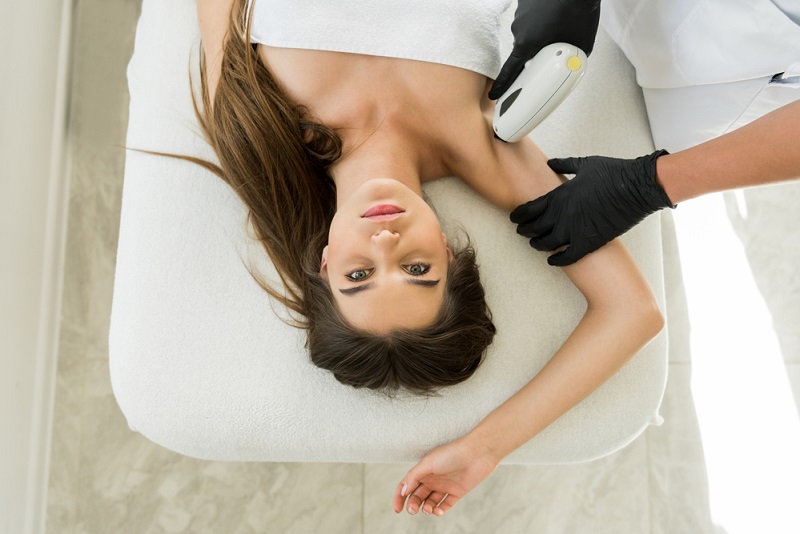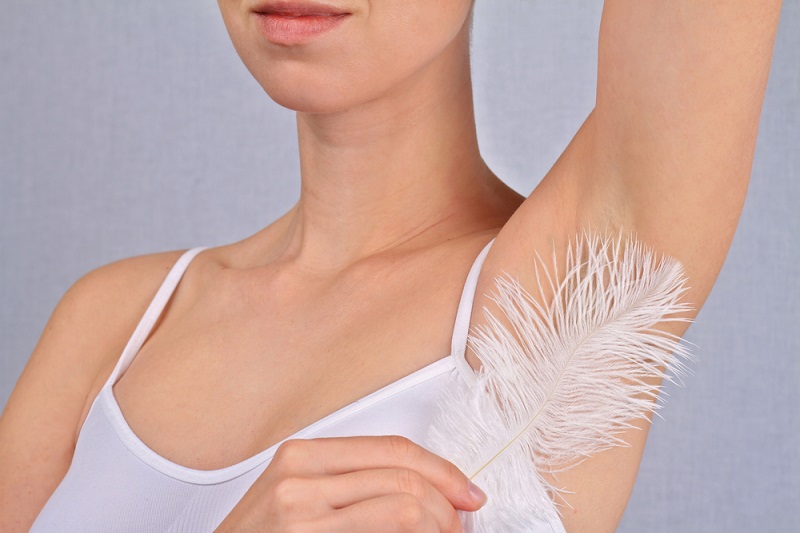Let’s face it, it’s good to see the back of winter. Months of cold weather can leave our skin dry, dull, and itchy, so when spring is finally on the horizon, it is a great time to switch up the beauty skin care routine to get back that radiant, glowing look.
Seasonal Skin Changes
There are many reasons why our skin takes a beating during the winter, so having the same face skin care routine all year won’t offer the same benefits every season. Winter is not a skin-friendly season and while the UV rays are not as harsh, it often triggers breakouts, cracking, redness, skin irritation, and oiliness.
Cold temperatures and warm indoor heating exposes our skin to rapidly fluctuating temperatures, and dry, icy winds affect the skin’s barrier and strips away the moisture. If you suffer from eczema or rosacea, your symptoms may get worse in winter making inflammation and redness more pronounced.
It’s not just the temperatures that have damaging effects, but our diets and lifestyles change too to compensate for the cold weather. Spicy foods, more alcohol, and less exercise all play a part in skin health throughout the frosty season. Therefore, winter is the ideal season to frequently visit a skin care clinic in London for extra pampering and nourishment.
Spring is the Season for Your Skin
Spring is a beautiful time of year when everything comes back to life and it puts a skip back in our step. As the weather warms up and there’s more humidity in the air, our skin readjusts, and the natural oils are back in balance.
It’s a time of transition, so even if you’re investing in professional skin care sessions, make sure you’re investing time in applying a spring facial routine at home to prepare for the hot, social season when your skin takes center stage.
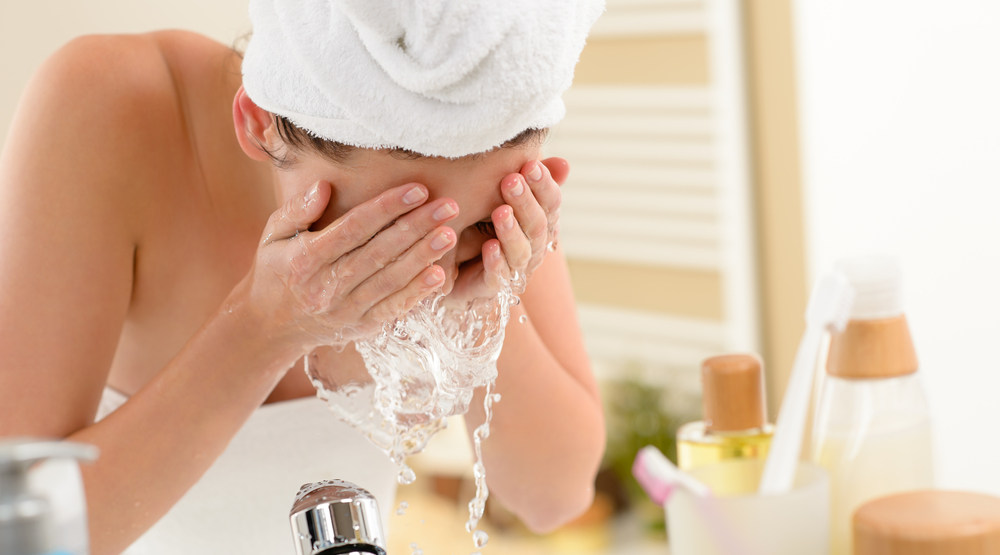
Top 7 Skincare Rituals
Changing to warmer temperatures, being more exposed to UV rays, and regular outdoor activity are good reasons to change to a spring skincare routine. Incorporating these top 7 habits in spring with quality products will help with anti-aging and get your skin in optimal shape for the summer months ahead.
Best home skin care rituals for spring
In between those visits to the skincare clinic, it’s important to stick to these following rituals at home that maintain healthy, glowing skin.
- Moisturizing masks
A moisturizing face mask should be part of your weekly skin routine to clear the skin from excess oil and impurities, and to provide hydration. Your skin type and mask type will determine how often to apply a moisturizing mask, but generally they can be used once to twice a week. Masking should always be followed by cleansing and toning and ending off with a light moisturizer.
- Exfoliating face scrubs
Gentle exfoliation at least three times a week helps scrub away dead skin cells, and bacteria while unblocking pores. This helps refresh and brighten the skin for a smoother complexion. It is also beneficial during acne or spot breakouts. First cleanse the skin to remove excess dirt and make-up before starting exfoliation.
- Facial mists
Facial mists are convenient products that can be used anytime and anywhere. A good spritz will help add hydration, improve the absorption of moisturizers, soothe, and nourish the skin, tighten pores, and defend against harmful bacteria. Facial misting can also help relieve sunburn and irritated skin.
Best clinical skincare rituals for spring
The following treatments are great options to include as part of your spring skincare routine when visiting your beauty clinic. Speak to your dermatologist on which method would best suit your requirements to enhance your skin health. Multiple sessions are generally needed over a period of a couple of months to maintain results.
- Laser skin resurfacing
This is a specialized skin rejuvenation procedure for small areas of the skin using laser pulses that penetrate the top skin layers. It stimulates the body’s natural healing process to promote new skin tissue growth for healthier, smoother skin. Laser treatment works on reducing wrinkles, lines, skin tone and texture issues, pigmentation, and scars.
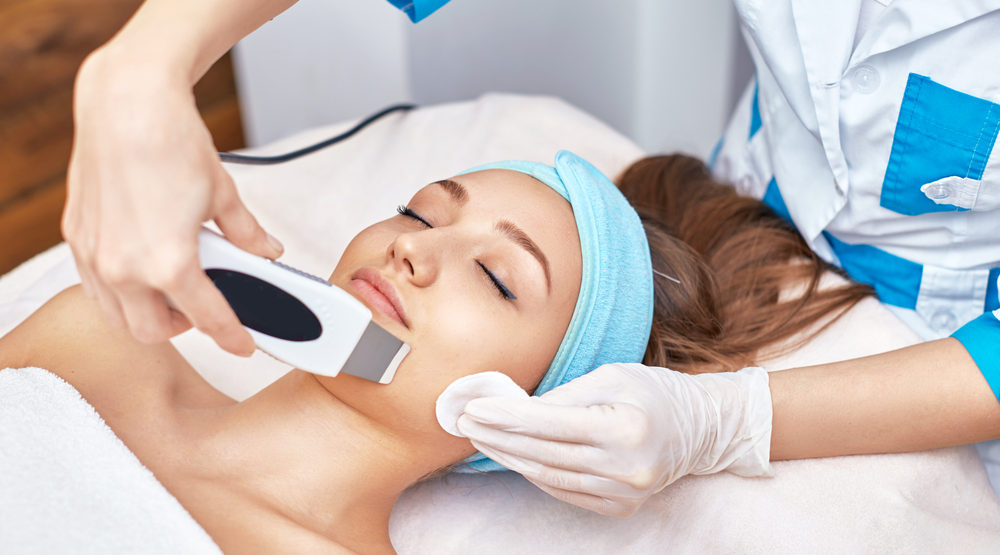
- Chemical peeling
A chemical facial peel is done by applying a chemical solution that removes the top layers of the skin to get rid of dead skin cells. You can have a light, medium, or deep peel depending on desired results. During the healing process, new healthy skin cells grow, and collagen production is stimulated to improve the skin’s appearance and texture. It can treat a range of skin conditions.
- Deep exfoliation facial
Deep exfoliation penetrates the skin layers to treat clogged pores, remove spots like blackheads, and eliminate dull and dead skin cells. This helps to generate a radiant glow, improve circulation, and enhance the overall appearance through rejuvenated skin cells. Deep exfoliation can help with dry, oily, sun damaged, and acne prone skin.
- Dermal filler injections
Dermal fillers involve injecting the skin with a gel-like substance to restore volume lost through aging, smooth out lines and wrinkles, and enhance the face’s natural contours. It also increases collagen levels and hydration. Fillers enhance the skin while adding nourishment for a more youthful appearance.
Final Thoughts
Winter causes the accumulation of dry skin, triggers flare-ups of existing conditions, and can increase flakiness, itchiness, irritation, and redness. To put life back into your skin and improve its condition and health, it is necessary to apply home and clinical skincare techniques to promote rejuvenation.
Season changes, and environmental and lifestyle factors influence skin health, and the habit of looking after our skin comes with added benefits. When our skin is healthy and looking great, it not only improves our appearance, but our emotional and mental well-being as well.
By implementing these rituals into your daily routine, it gives you time to do something nice for yourself while creating a moment of mindfulness that will ultimately improve your confidence and self-esteem.
Latest News
- August 25, 2021
- August 25, 2021
- July 21, 2021
- July 20, 2021
- June 21, 2021
